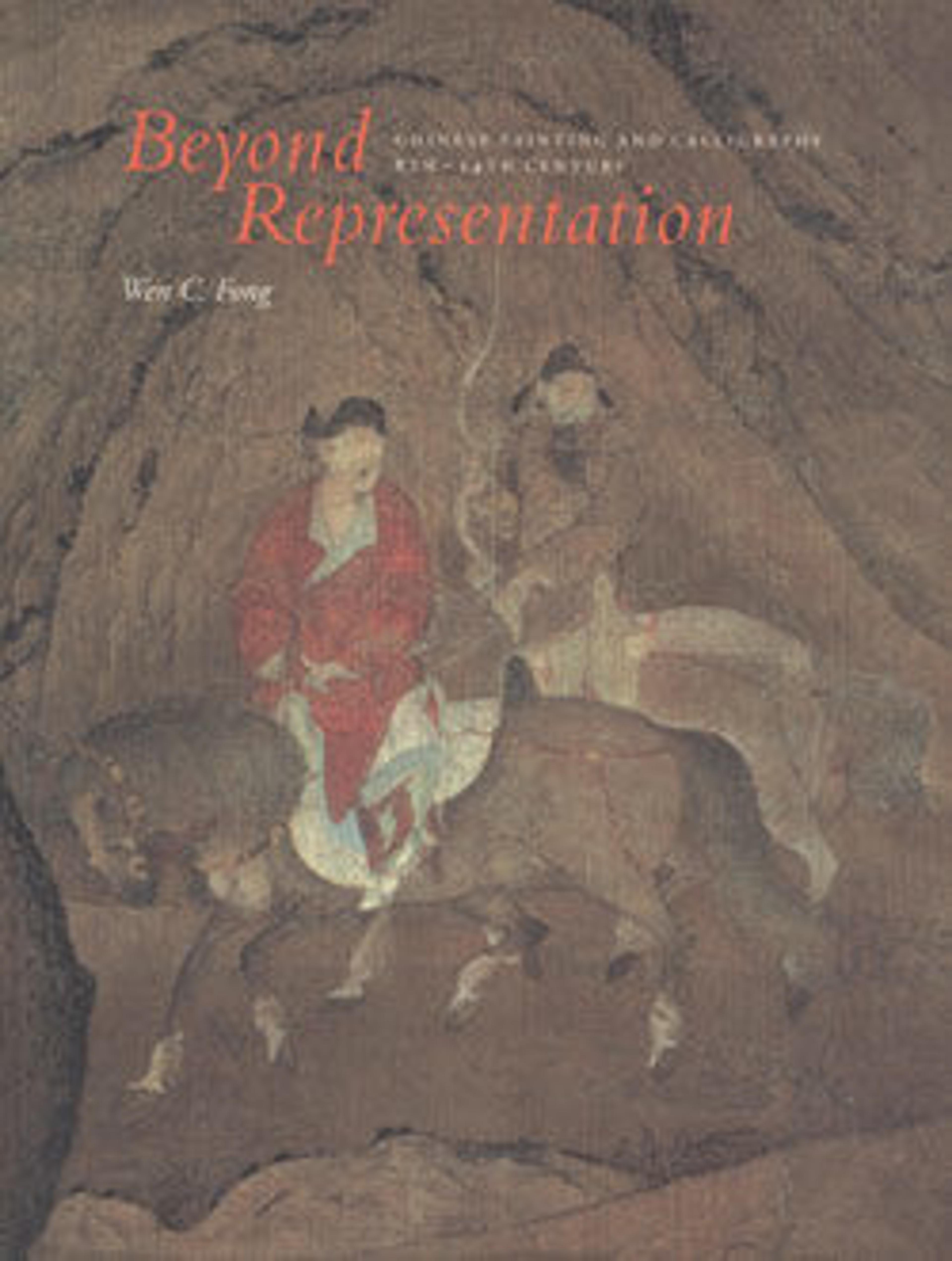Landscape with great pine
The reductionist transformation from Northern Song monumental landscapes to symbolic images of single rocks and trees is complete with the work of Ma Lin. Ma's painting turns away from the realism of earlier Song Imperial Painting Academy works in favor of a new abstraction. In the absence of an accompanying poem, the meaning of this complex scene remains unclear. The Daoist-inspired imagery seems to hold out the promise of transcendence or escape. Outdoor altars are places of worship and meditation, cranes are known as the vehicles and companions of Daoist immortals, the evergreen pine is an emblem of longevity, and the full moon recalls the palace of the moon goddess, Chang E, whose hare prepares the elixir of immortality. Yet the immortals have not come, and the moon is far away. The figure is anchored to this world and can no more reach the moon than can the outstretched branches of the pine. There is a sense of brooding and foreboding in the tortuous, restless form of the tree that may well be influenced by the impending threat of Mongol invasion.
Artwork Details
- 南宋 馬麟 松下高士圖 冊頁
- Title:Landscape with great pine
- Artist:Ma Lin (Chinese, ca. 1180– after 1256)
- Period:Song dynasty (960–1279)
- Date:second quarter 13th century
- Culture:China
- Medium:Album leaf; ink and color on silk
- Dimensions:9 15/16 x 10 1/4 in. (25.2 x 26 cm)
- Classification:Paintings
- Credit Line:From the Collection of A. W. Bahr, Purchase, Fletcher Fund, 1947
- Object Number:47.18.63
- Curatorial Department: Asian Art
More Artwork
Research Resources
The Met provides unparalleled resources for research and welcomes an international community of students and scholars. The Met's Open Access API is where creators and researchers can connect to the The Met collection. Open Access data and public domain images are available for unrestricted commercial and noncommercial use without permission or fee.
To request images under copyright and other restrictions, please use this Image Request form.
Feedback
We continue to research and examine historical and cultural context for objects in The Met collection. If you have comments or questions about this object record, please contact us using the form below. The Museum looks forward to receiving your comments.
